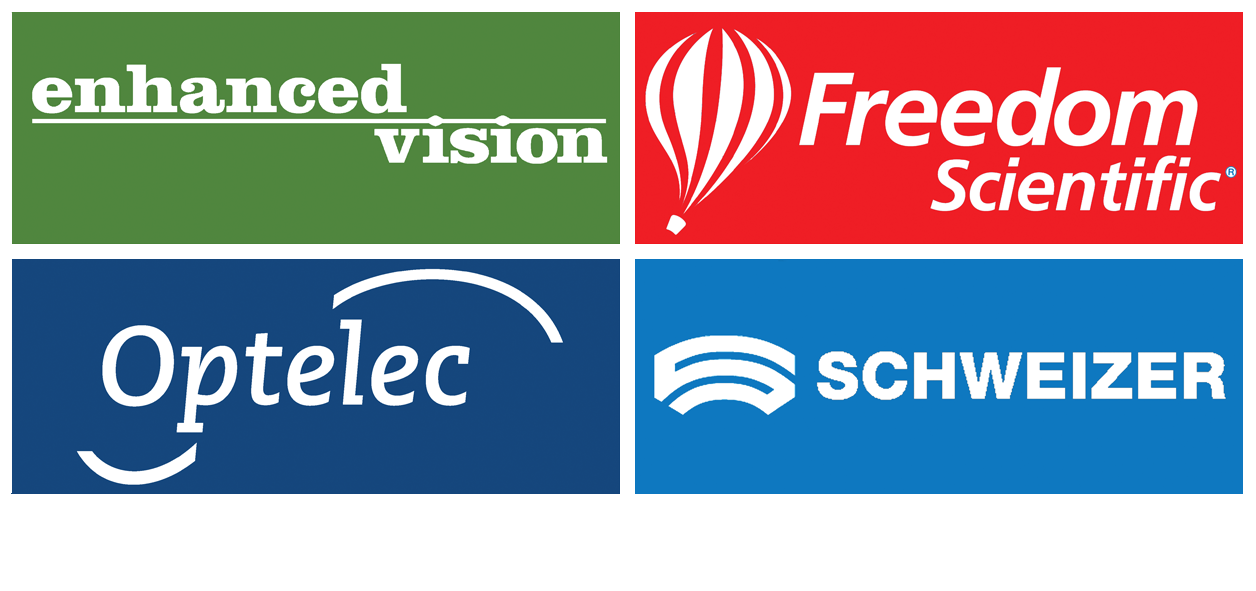Cataract
What is it?
A cataract is a clouding of the eye’s natural lens. Our eyes’ lens is mainly made up of water and protein. The proteins are arranged in such a way that the lens stays clean and light is able to pass through. As we grow older, some of these proteins may clump together and start to cloud a small area of the lens. This is a cataract, which over time may grow larger and cloud more of the lens, making it harder to see. Cataracts typically progress slowly, causing gradual loss of vision. If left untreated, cataracts may result in blindness.
There are various types of cataracts but all have in common that they affect the transparency of the eye’s lens. The more cloudy the lens, the more advanced the degree of cataract.
Cataracts are the most common cause of vision loss in people over the age of 40 and is the principal cause of blindness in the world.
Retinitis Pigmentosa is an inherited condition affecting both eyes. If it starts in one eye, the other eye generally develops the same condition in a number of years. It is often diagnosed during the teenage years, but may be present at birth. Cases diagnosed at birth are often stable and non-progressive. Cases diagnosed later in life are often mild and may progress more slowly than those diagnosed in the teenage years.
Normal vision vs. Cataract
What are the symptoms of Cataract
Symptoms of a cataract include:
blurred vision
sensitivity to sunlight or bright lights
lack of brightness in colours
increased nearsightedness
seeing “halos” around lights
frequent changes in eyeglass or contact lens prescription
What to expect from Cataract
Cataracts can occur in one or both eyes. When symptoms appear, you may be able to improve your vision using new glasses, magnification, appropriate lighting or other visual aids. As the cataract progresses, you may consider cataract surgery, which removes the clouded natural eye lens and replaces it with an artificial lens. Cataract surgery is very successful in restoring vision. Discuss your situation and options with your eye care professional to determine what the best options are.
More information about Cataract
There is extensive information available about cataract. The information included is intended to inform you about the basics of this eye condition, and is not intended as a replacement for information from your physician or eye specialist. Information regarding assistive devices that can help you if you have been diagnosed with cataract is included.
Useful Resources:-
NHS - A good overview of things you should/should not be doing with Cataract
RNIB - Everyday 250 people begin to lose their sight. RNIB has a crucial role to play in creating a world where there are no barriers to people with sight loss. We want society, communities and individuals to see differently about sight loss.


